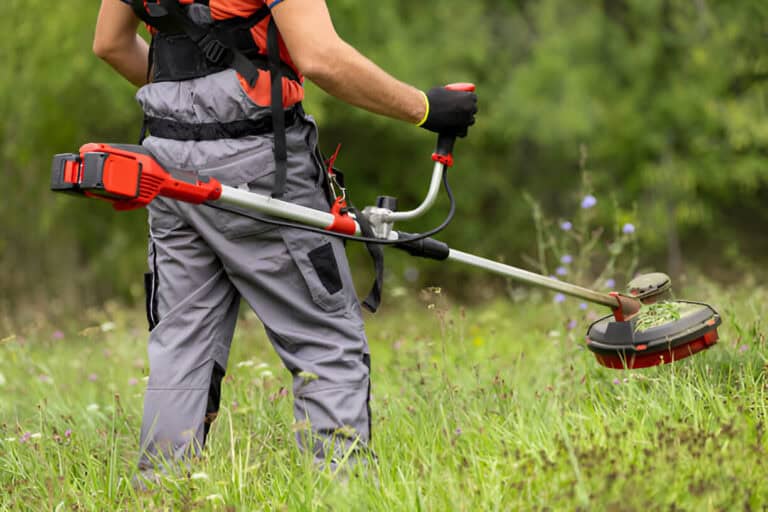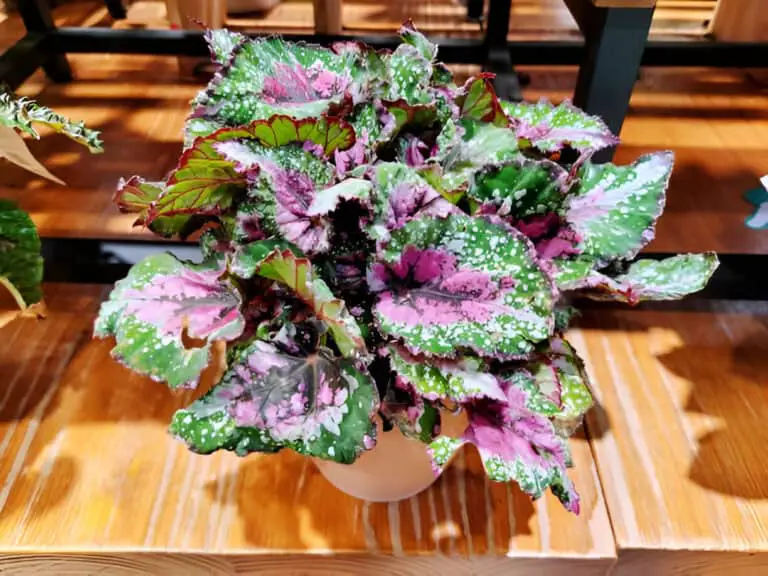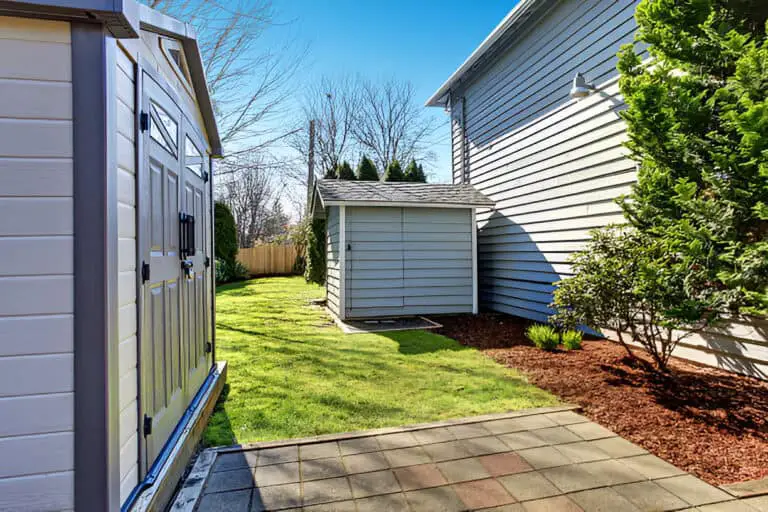How to Keep Your Shed Damp-Free: The Ultimate Guide to Moisture Control
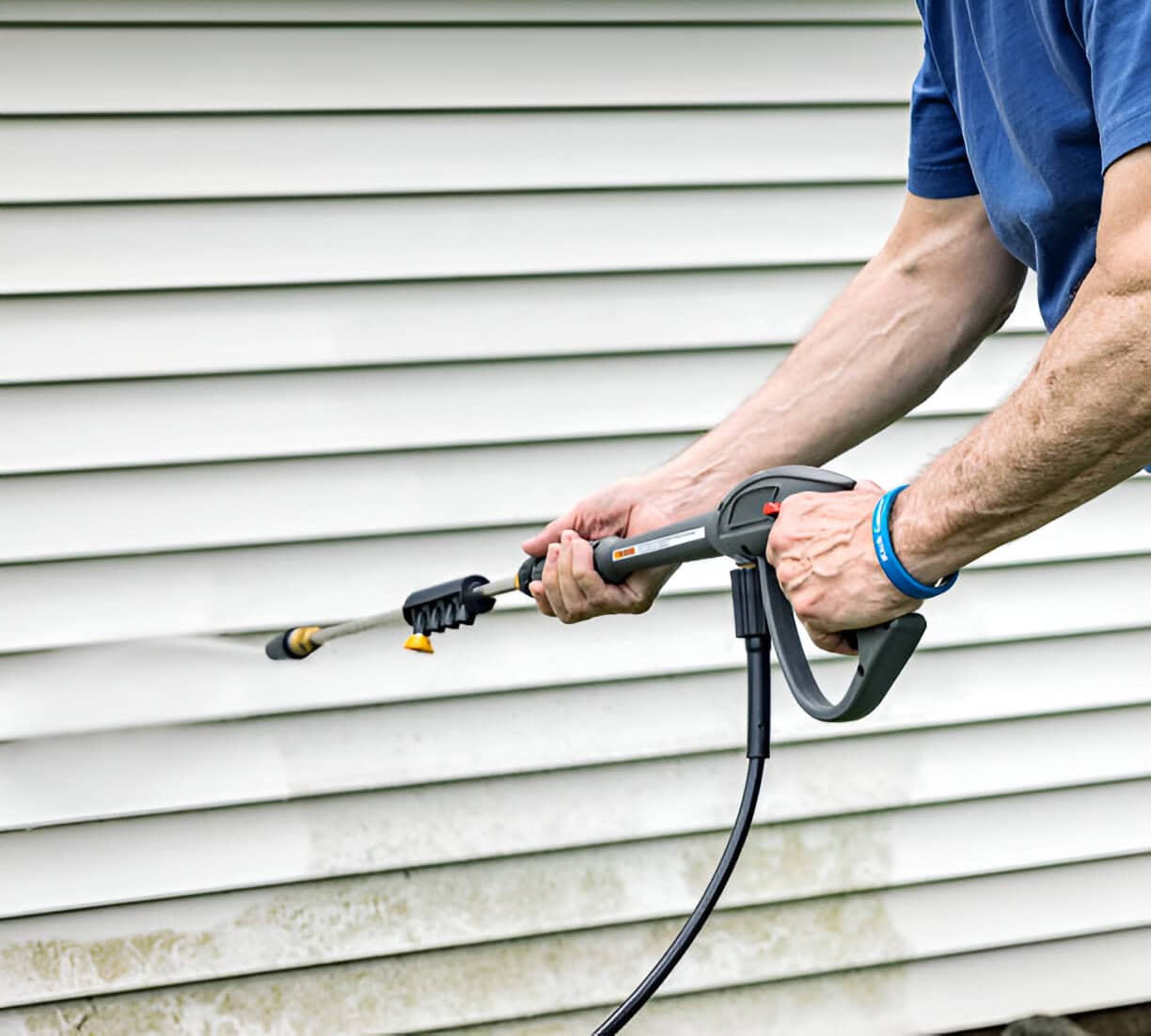
A backyard shed should be a dry, reliable space—not a musty, mold-ridden mess. But moisture loves to creep in, bringing unwanted guests like rot, rust, and mildew. If you’ve ever walked into your shed and been hit with that damp, earthy smell, you know the struggle is real.
Fortunately, keeping a shed dry isn’t rocket science. It just takes the right strategies and a little maintenance. Let’s break down exactly how to banish dampness from your shed for good.
Why Does Moisture Build Up in a Shed?
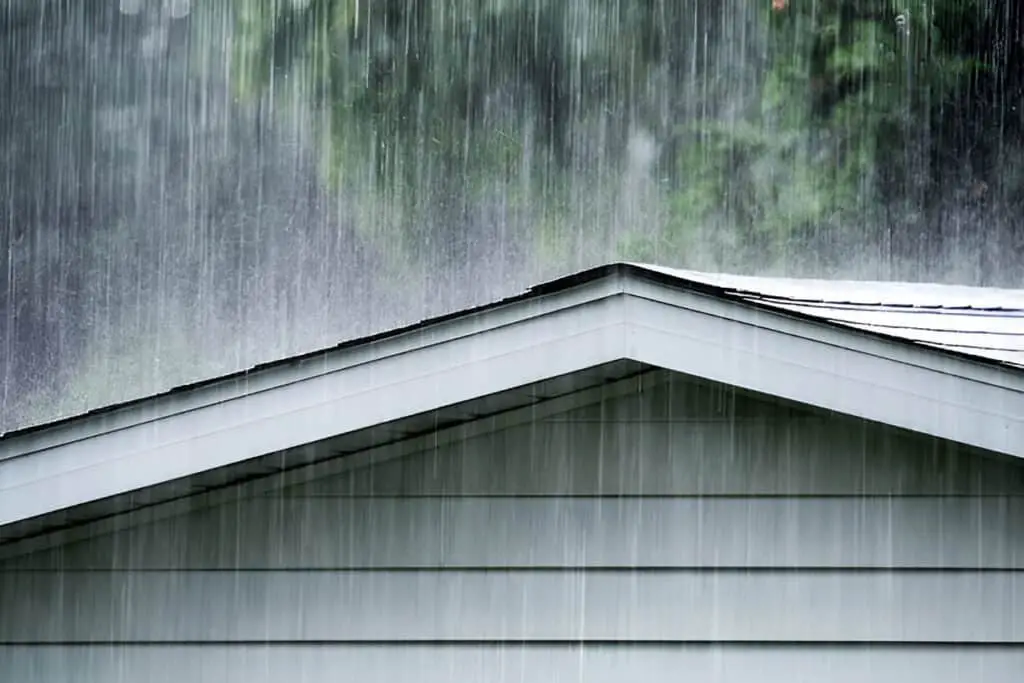
Before we jump into solutions, let’s talk about why sheds become damp in the first place. Here are the main culprits:
| Cause | How It Leads to Moisture |
| Poor Ventilation | Traps humid air inside, leading to condensation. |
| Lack of a Proper Foundation | Allows ground moisture to seep up. |
| Leaky Roof or Walls | Water sneaks in through cracks and gaps. |
| Condensation from Stored Items | Damp tools, firewood, or equipment release moisture into the air. |
| Nearby Vegetation | Overgrown plants trap humidity around the shed. |
If you can identify what’s causing moisture buildup in your shed, you’re halfway to solving the problem.
10 Ways to Keep Your Shed Damp-Free
Now, let’s talk about how to tackle these moisture issues head-on.
1. Elevate Your Shed Off the Ground
A shed sitting directly on soil is a recipe for damp disaster. Moisture wicks up from the ground, soaking into the floor and walls.
✔ Solution: Place your shed on a gravel base, concrete slab, or pressure-treated wooden frame. If you already have a shed sitting on bare ground, consider adding a vapor barrier underneath. Make sure your shed has some height gaps off the ground, to prevent moisture buildup.
2. Improve Ventilation
A poorly ventilated shed traps humid air, turning it into a sauna of dampness.
✔ Solution: Install vents—gable vents, ridge vents, or even a small solar-powered fan. Cross-ventilation works best, so have vents on opposite sides of the shed.
🔹 Bonus Tip: Keep the shed door open on dry days to let fresh air circulate.
3. Seal Any Gaps and Cracks
Gaps in the walls, roof, or around windows act like tiny water highways.
✔ Solution: Use caulk or weatherproof sealant to close up any cracks. For bigger gaps, expandable foam does wonders.
🔹 Bonus Tip: Check door seals—if you can see daylight, moisture can sneak in.
4. Install a Moisture Barrier
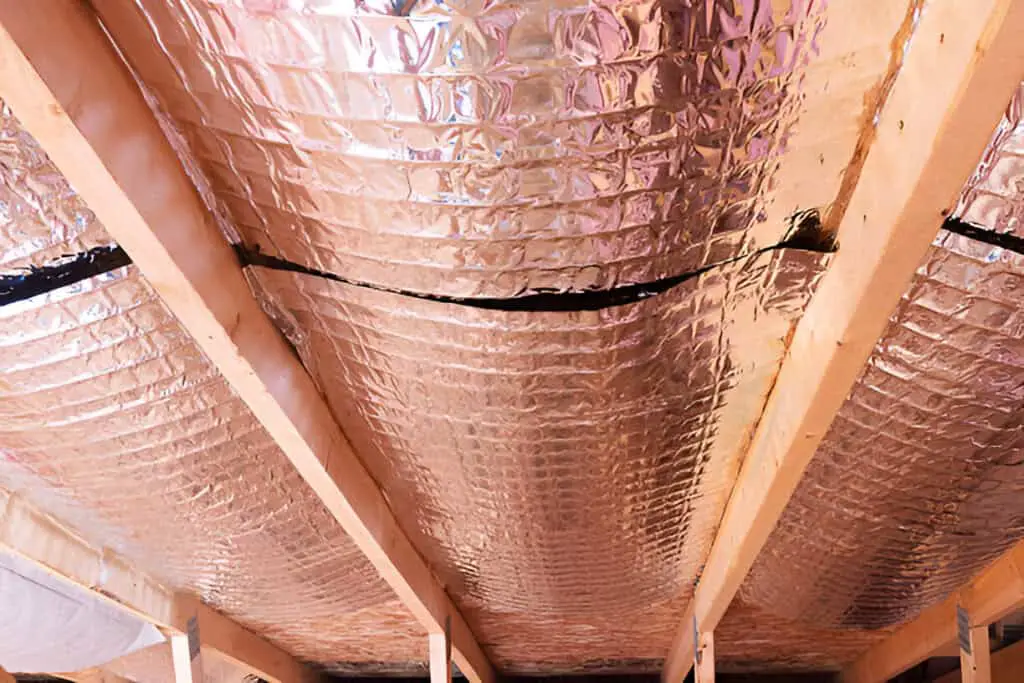
A simple but effective way to prevent ground moisture from creeping up.
✔ Solution: Place a heavy-duty plastic sheet (vapor barrier) under the shed floor if you’re building from scratch. For existing sheds, a moisture-resistant floor mat or rubber sealant can help.
Check out: Are Plastic Backyard Sheds Fireproof?
5. Use a Dehumidifier or Moisture Absorbers
If your shed holds moisture-prone items (like tools, seeds, or firewood), extra humidity control is key.
✔ Solution: Use a dehumidifier or silica gel packs to absorb excess moisture.
🔹 DIY Hack: Fill a small bucket with charcoal or baking soda and place it inside the shed. It absorbs moisture and neutralizes odors.
6. Fix Leaky Roofs and Walls
Even a tiny leak can let in enough water to create big problems.
✔ Solution: Inspect the roof and walls regularly. Replace damaged shingles, reapply waterproof sealant, and ensure gutters direct water away from the shed.
🔹 Bonus Tip: If your shed has a metal roof, condensation can form underneath. Adding a thermal insulation layer helps.
7. Keep Gutters and Drains Clear
A shed without proper drainage is a soggy mess waiting to happen.
✔ Solution: Install gutters to channel rainwater away from the shed. Make sure the surrounding ground slopes away, so water doesn’t pool around the base.
8. Store Items Wisely
Some shed-stored items introduce moisture without you realizing it.
✔ Solution: Avoid stacking things directly against walls—this traps moisture and reduces airflow. If storing firewood, keep it off the ground on a rack.
🔹 Bonus Tip: If you store fuel or chemicals, check that their containers are sealed tight. Some release moisture into the air.
9. Trim Back Nearby Plants
Overgrown shrubs and vines love holding onto moisture, which makes your shed an easy target for dampness.
✔ Solution: Keep at least a one-foot gap between your shed and surrounding plants. This allows air to circulate and prevents moisture buildup.
10. Insulate to Control Temperature Fluctuations
If your shed experiences drastic temperature swings, condensation will form when warm air hits cold surfaces.
✔ Solution: Insulate the walls and roof with foam board or fiberglass insulation. This shed insulation keeps the interior temperature stable and reduces moisture buildup.
Regular Maintenance for Long-Term Ventilation Success
Maintaining the proper ventilation of your shed requires regular maintenance to ensure its long-term success. Over time, dust, debris, and even pests can block vents, reducing airflow and leading to damp conditions. A simple monthly check can prevent major issues, keeping the air circulating and moisture at bay.
To maintain proper ventilation, clean vents and exhaust fans regularly. Use a brush or vacuum to remove dust buildup, and check for any blockages like leaves or spider webs. If your shed has intake and exhaust vents, make sure both are clear to allow proper airflow.
Different seasons bring different challenges. In the summer, high humidity might require additional ventilation, while winter months call for ensuring vents remain unobstructed by snow or debris. Adjust as needed to maintain a dry environment.
Here’s a quick maintenance checklist:
| Task | Frequency |
| Clean vents and fans | Monthly |
| Check for blockages | Quarterly |
| Inspect for mold or mildew | Seasonally |
| Adjust ventilation as needed | Year-round |
Best Materials to Keep Your Shed Dry
Choosing the right materials can make a huge difference in keeping moisture out.
| Material | Why It’s Great |
| Pressure-Treated Wood | Resists rot and moisture better than untreated wood. |
| Concrete Slab | Provides a strong, dry base, preventing moisture from seeping up. |
| Metal Roofing | Durable and leak-resistant, especially with proper insulation. |
| Waterproof Sealants & Paints | Creates a moisture barrier on wood and concrete surfaces. |
Final Thoughts: Keep Your Shed High and Dry
A damp-free shed isn’t just about comfort—it’s about protecting your tools, equipment, and everything else inside. By taking a few preventive steps, you can keep moisture at bay and extend the life of your shed.
Key Takeaways:
✅ Raise your shed off the ground to prevent ground moisture from creeping in.
✅ Ventilation is key—add vents or a small fan to circulate air.
✅ Seal gaps and cracks to keep water and humidity out.
✅ Use moisture absorbers like silica gel or baking soda.
✅ Fix leaks immediately and keep gutters clear.
✅ Store items properly and keep vegetation trimmed back.
A dry shed means no rusted tools, no moldy walls, and no headaches. Take action now, and enjoy a shed that stands the test of time! 🚀


